-
 About UsThe strength of JP Concept consists in selecting high-end luxury companies with which we cooperate from the beginning of our company story. Before starting to work with a company, we should be ourselves to be in love with the products, appreciate their quality, design and embrace company’s human aspect, made of history and years of experience.
About UsThe strength of JP Concept consists in selecting high-end luxury companies with which we cooperate from the beginning of our company story. Before starting to work with a company, we should be ourselves to be in love with the products, appreciate their quality, design and embrace company’s human aspect, made of history and years of experience.
Experience, reliability and attention to customers are the distinctive features of JP Concept. We want to meet the needs of our customers and offer a full range of interior design architectural services. -
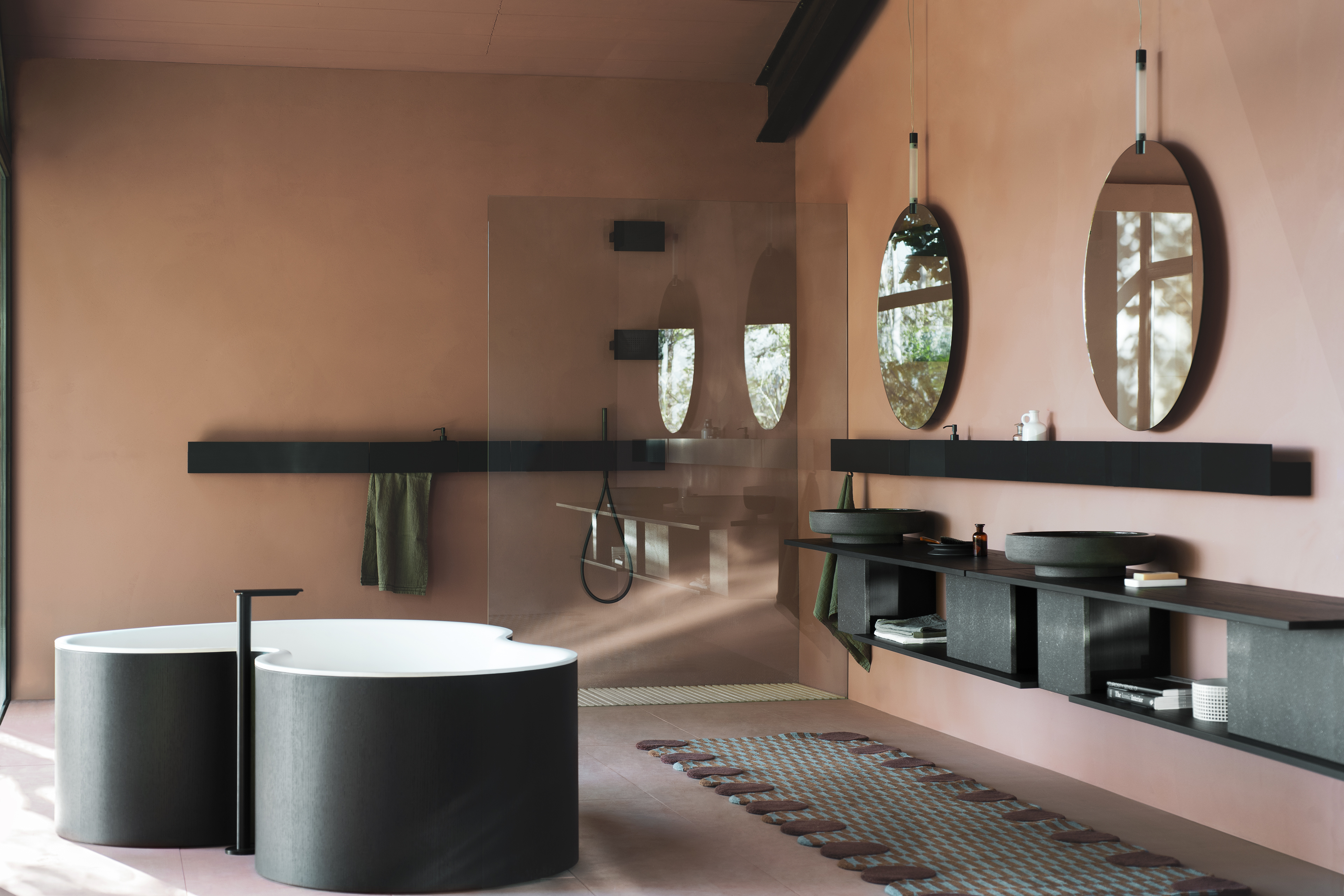
-

-
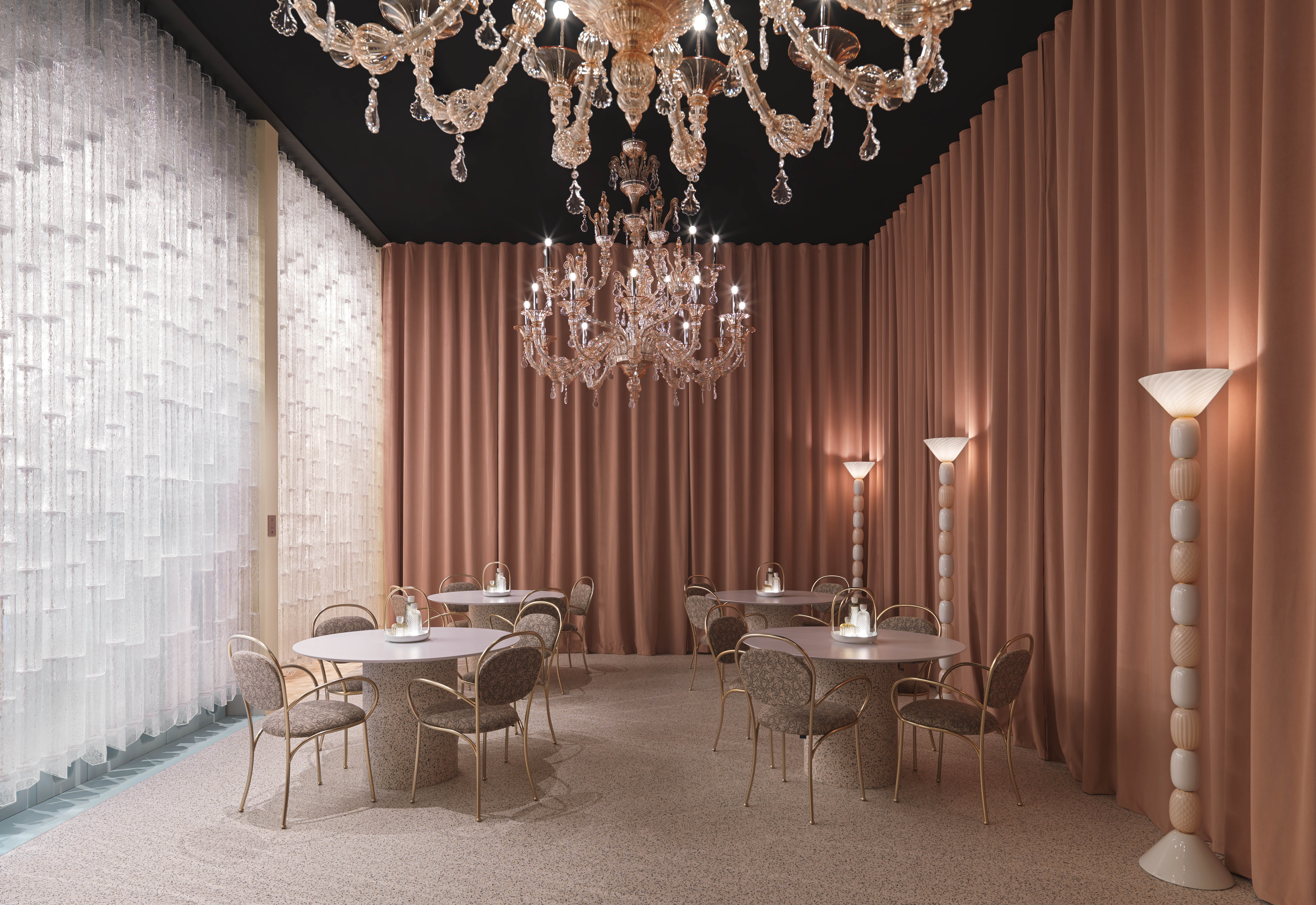
-
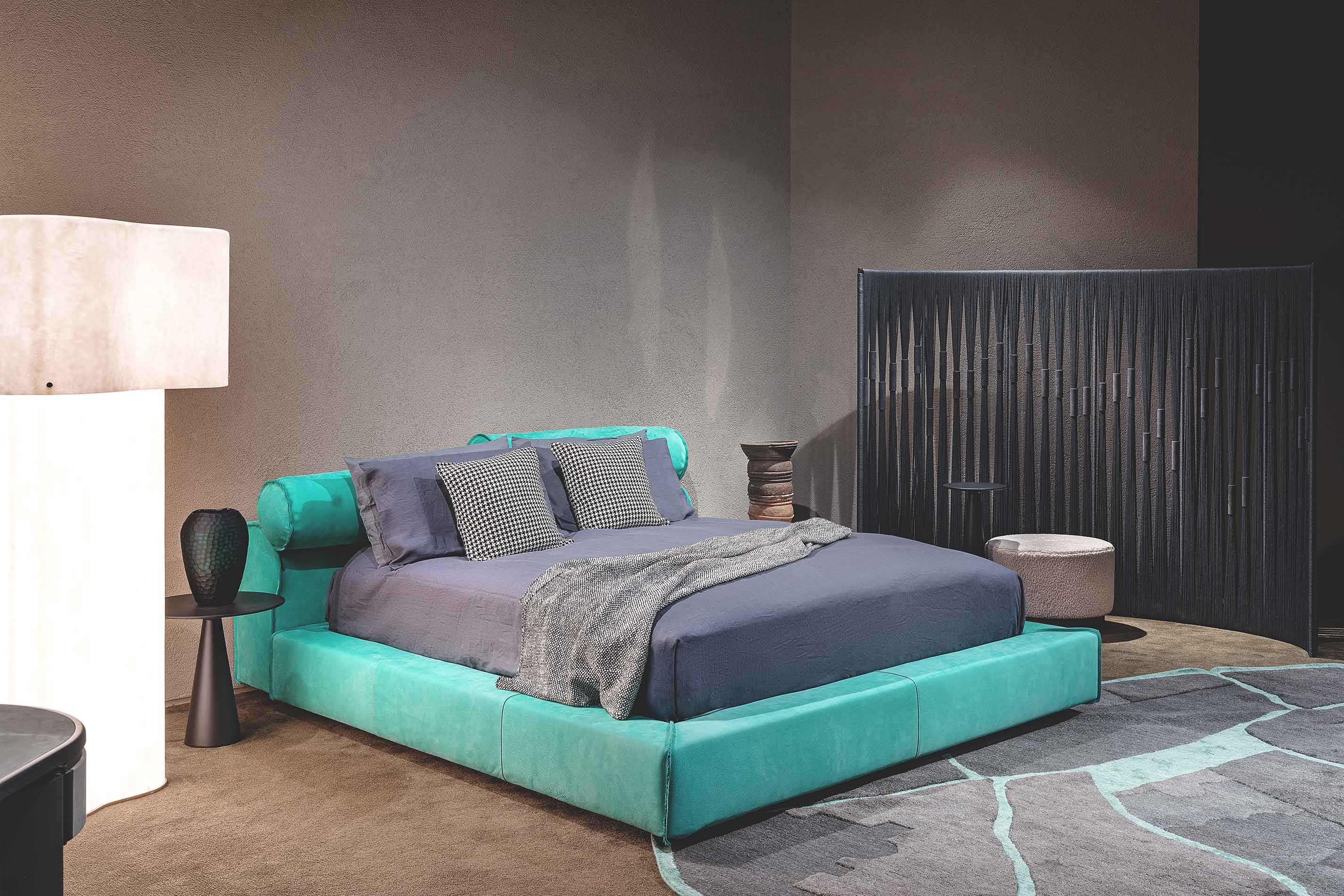
-
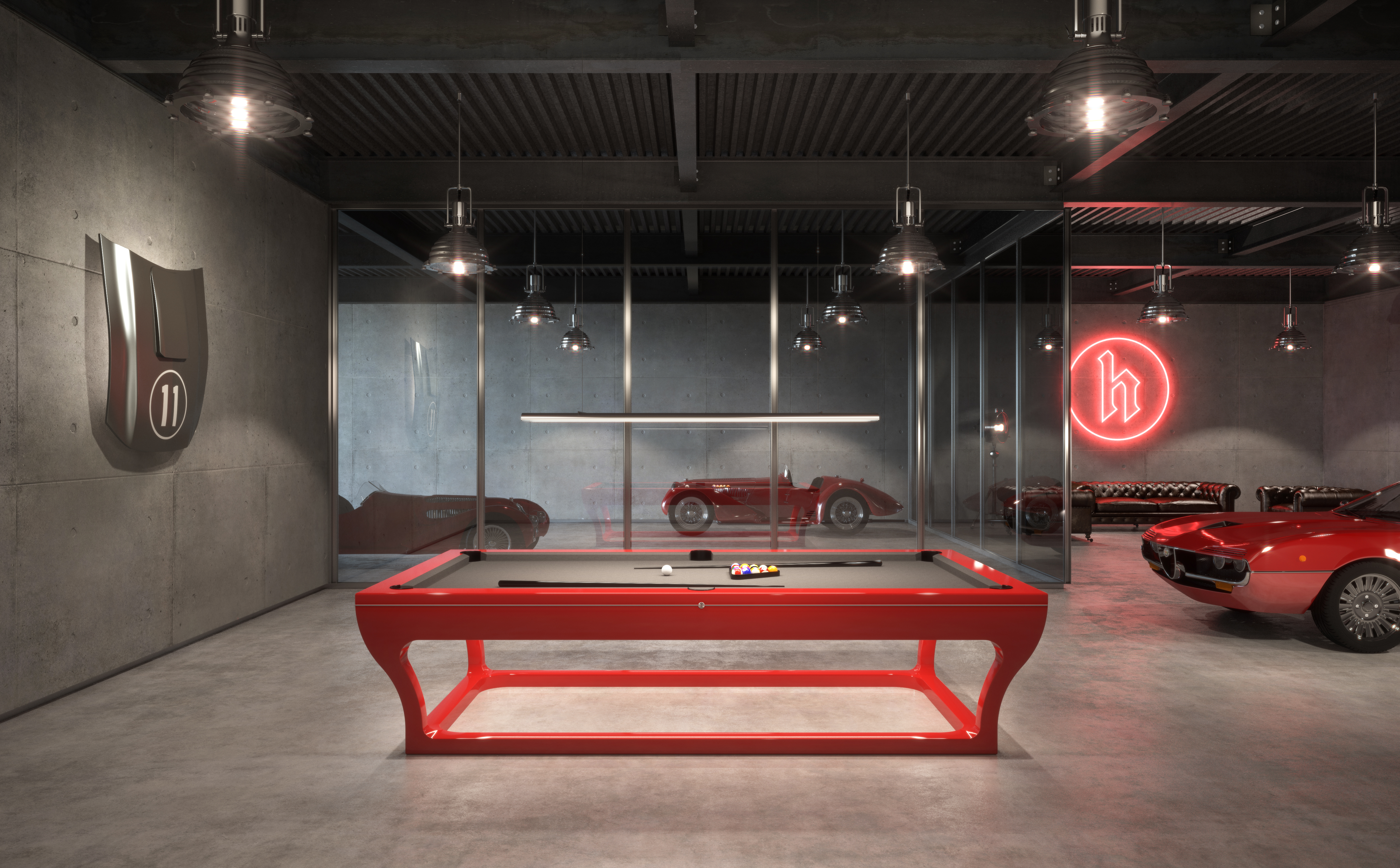
-
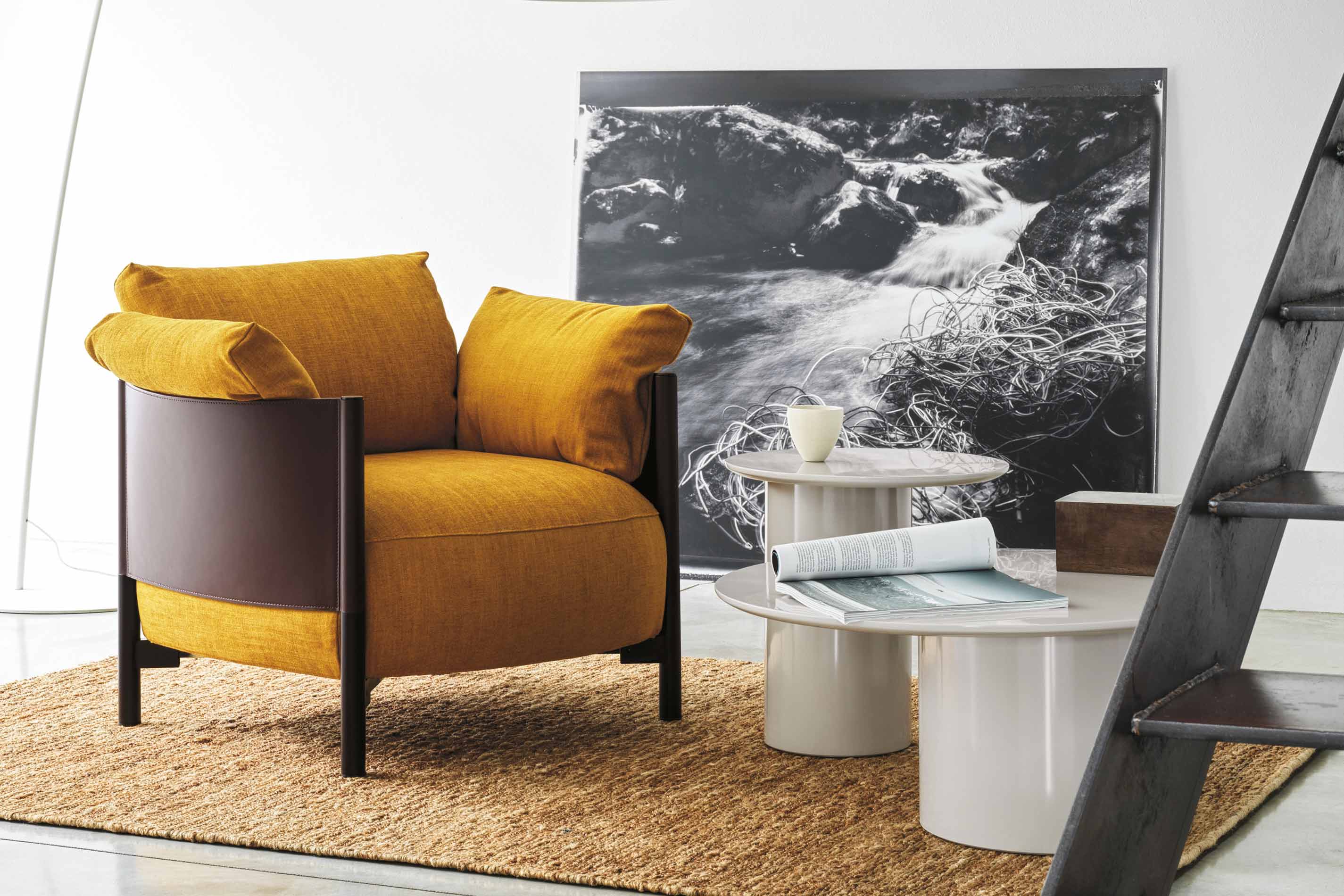
-

-

-

For more than 30 years JP Concept has represented the most prestigious Italian furniture brands in Asia, Oceania and Europe and stands out for its services in terms of quality and highest efficiency. Led by Roberto Pozzoli, manager and interior designer, JP Concept has built relationships of trust and professionality with its foreign customers who choose genuinely Made In Italy products. Nowadays, after a long journey, JP Concept boasts a team of professionals, architects that operate both in Italy and all over the world, prepared to meet promptly customers’ needs. The best combination of reliability and honesty.

Design
Consultancy
Experience, good taste and an all-round assistance are the core of our philosophy.
We focus our job on the full customer satisfaction and support for every need. In a short time, we have been able to make quotations, process the order confirmations with local suppliers, monitor the state of deliveries and manage shipments on behalf of the principal. All this always surrounded by our seriousness and professionalism that distinguish the corporate philosophy of JP Concept. We believe that quality is the result of high attention, meticulous excellence, and professionalism.
The experience of many years of travelling around the world bound us to customers who have been working with us since the beginning, thanks to our professional relationships based on quality and trust. We adopt a simple approach towards our customers, by listening to them, designing and suggesting what suit them most.